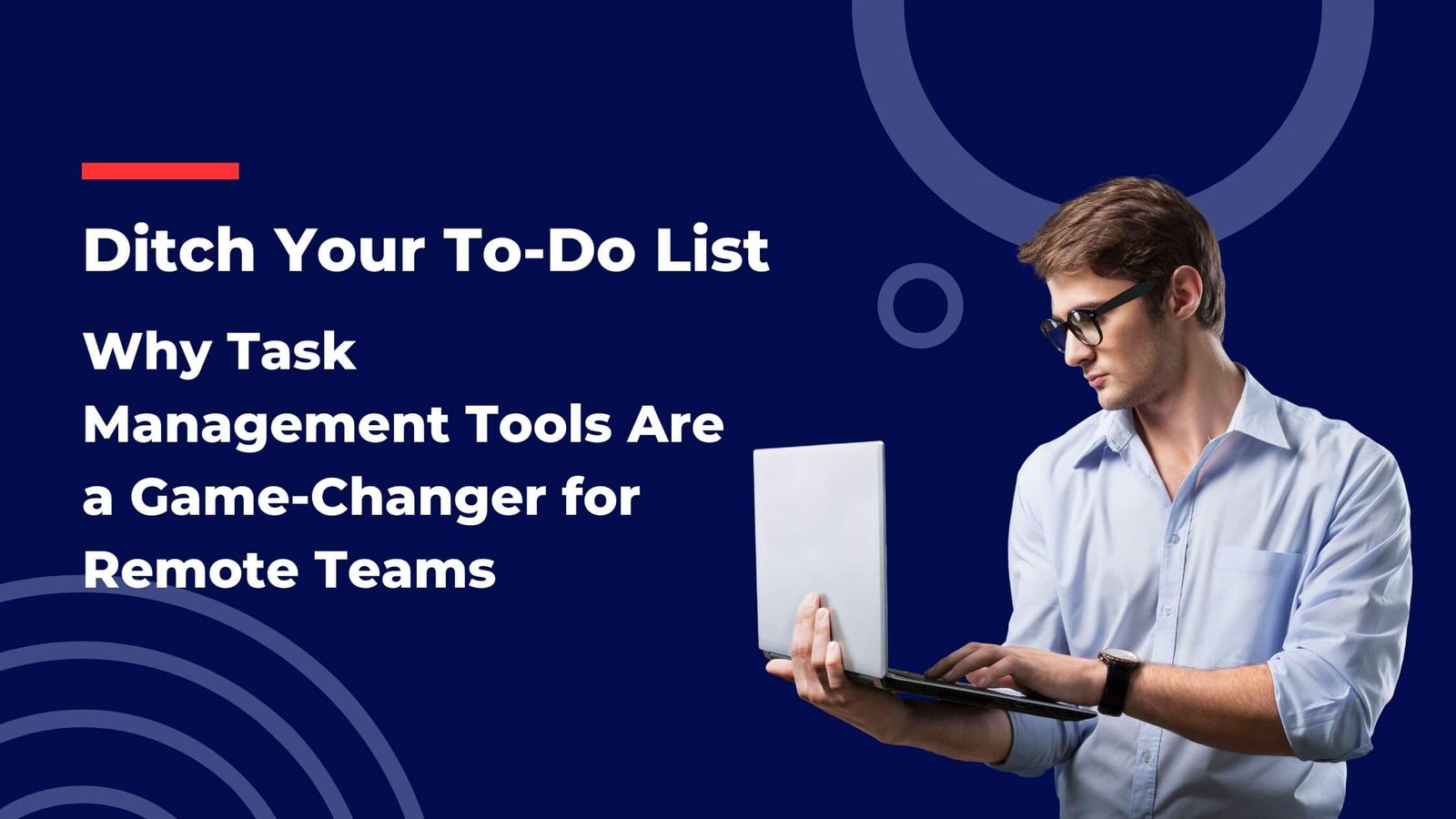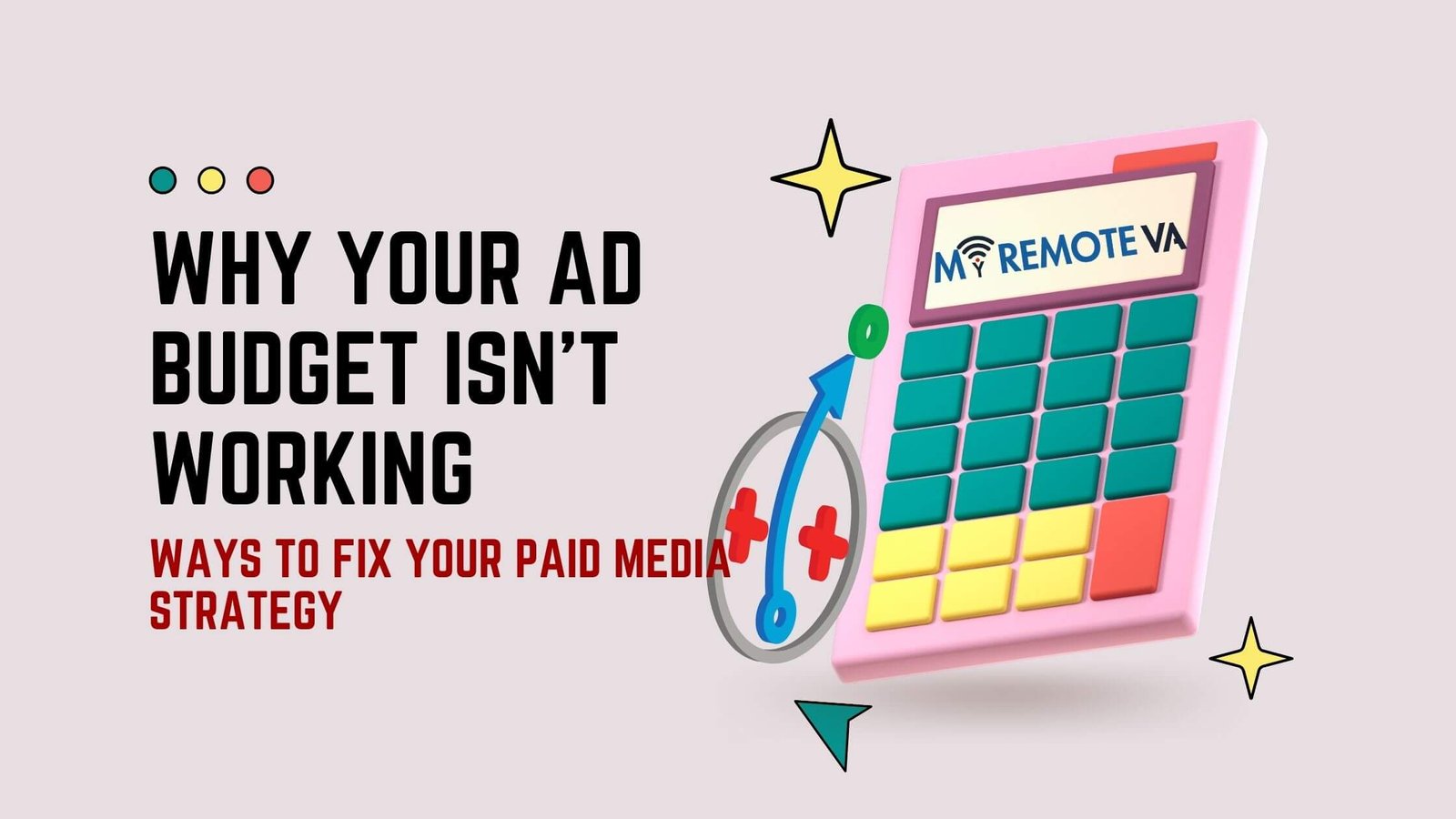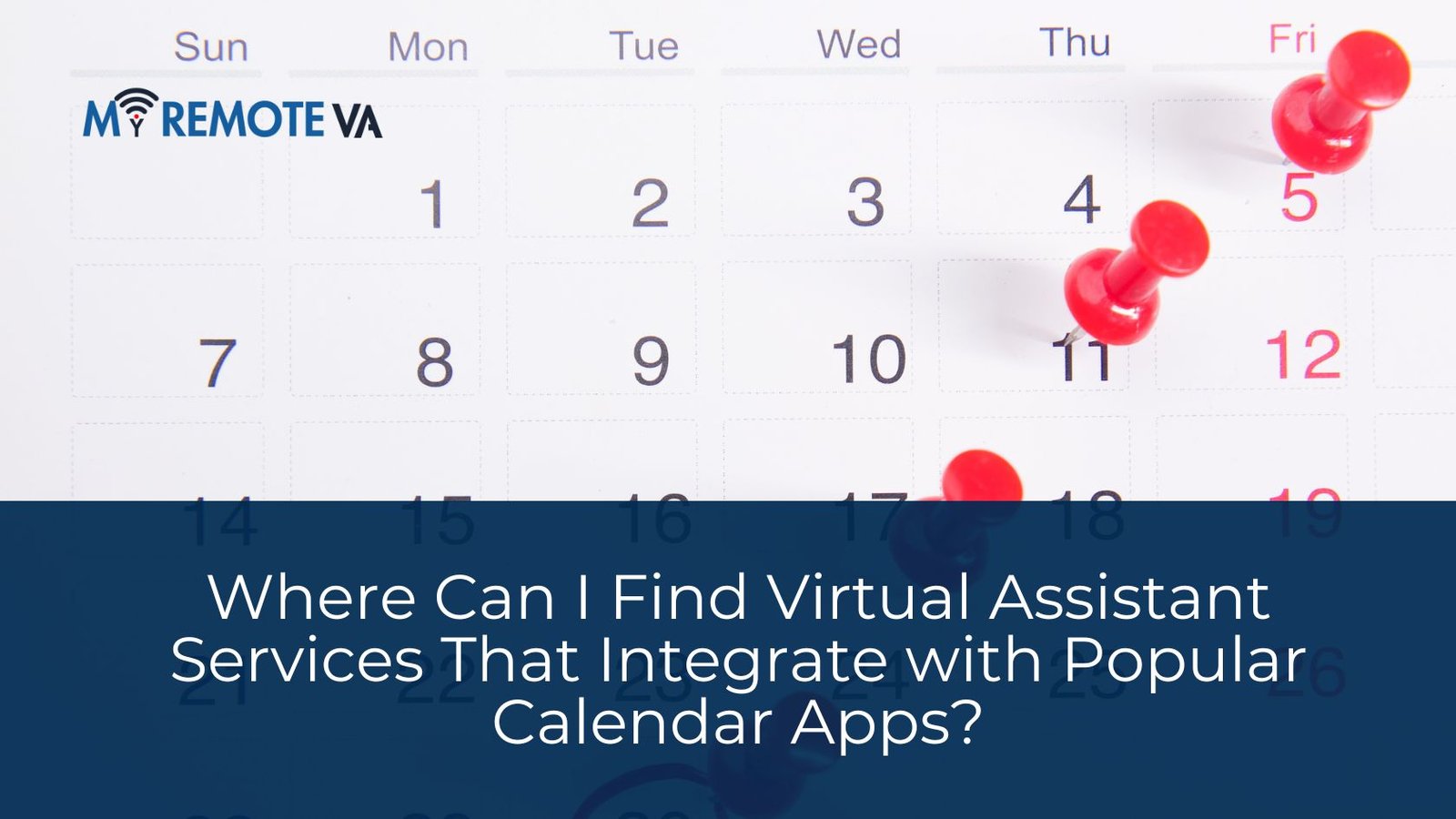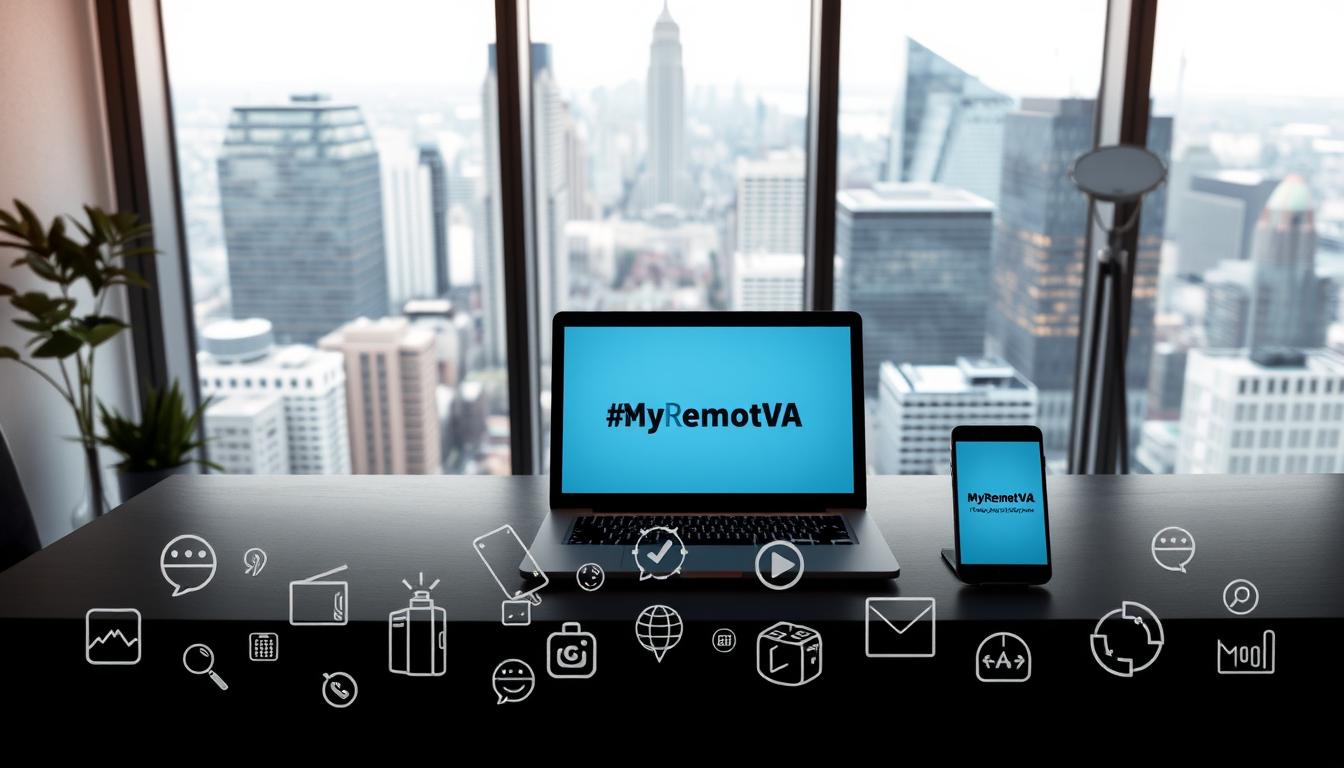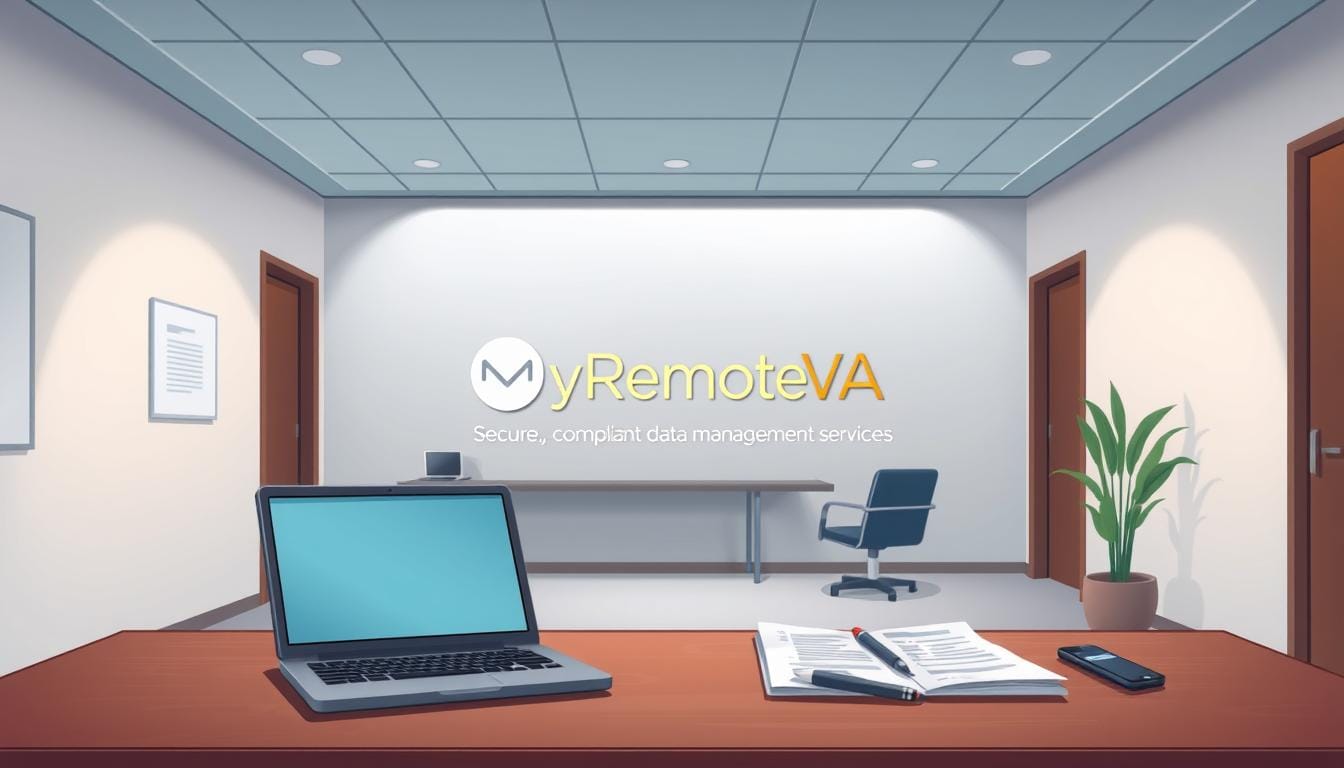Let’s be real for a second. The first time you used an AI content generator, it probably felt like a superpower, right? You typed in a prompt, hit a button, and boom—a full article appeared in a matter of seconds. It’s a surreal and exciting moment. I remember the first time it happened to me. I was working on a bunch of blog posts and was completely drained. I fed a topic into the machine, and a few moments later, a 1,500-word draft appeared on my screen. I stared at it, impressed by the speed, but as I started to read, I felt a kind of emptiness. The words were all there, the facts were mostly correct, but the soul was missing. It was like a perfectly constructed house with no furniture inside. That’s the moment I realized the biggest mistake people make: they think the AI is the end of the process, not the beginning. The truth is, to make AI-generated content truly successful, you have to know how to optimize AI content for SEO, and that means putting a human in the driver’s seat.
Why Your AI Draft Isn’t Ready for Google’s Spotlight
Think about Google’s mission. Their whole goal is to deliver the most helpful, reliable, and trustworthy information to a user as quickly as possible. An AI can give you a decent summary, but it can’t, by itself, convey genuine experience, expertise, authority, or trustworthiness (the famous E-E-A-T). That’s your job. The algorithms are getting smarter, and they can spot content that’s just a rehash of information from a thousand other sources. They’re looking for that unique perspective, that personal story, the tangible proof that a real person wrote this piece and knows what they’re talking about.
You can’t expect a robot to have a genuine opinion on which brand of hiking boots is best, or to share the frustration of a website that crashes just before a big launch. Those are the little, human details that build trust and keep someone reading. When a piece of content feels like it’s from a person who’s been there, it’s not only more engaging for the reader, but it’s also a major signal to search engines that this content is valuable and unique.

The Human Editor’s Checklist: Turning AI into A+ Content
Okay, so you have your AI-generated draft. What now? Your job is to be an editor, a fact-checker, and a storyteller all in one. Don’t be afraid to cut, rephrase, and add. I promise you, the AI won’t mind.
Refining the Language and Flow
Read the whole thing out loud. Does it sound like a person talking? Or does it sound like a slightly stilted corporate memo? Look for clunky phrases or sentences that all start the same way. A simple fix can be to swap out a word or break up a long sentence into two shorter, more powerful ones. Look for places to inject your own voice—maybe a rhetorical question to get the reader thinking, or a personal aside like, “I’ve tried that, and trust me, it’s a game-changer.”
Integrating Keywords Naturally (The Smart Way)
Keyword density is a relic of the past. Your mission is to make sure your core keyword, like “optimize AI content,” and other related terms feel like they belong there. Don’t stuff them in. Instead, use them in a way that provides clarity and context. Think about the other things a person searching for this topic might want to know. They might also be interested in “SEO best practices” or “E-E-A-T guidelines,” so using those terms naturally makes your content more comprehensive and helpful.
How to Structure Your AI Content for Maximum Impact
Even with great writing, your article won’t perform well if it’s not structured correctly. You need to make it easy for both humans and search engines to navigate. Clear headings, scannable lists, and logical flow are non-negotiable. With Google’s new AI Overviews, this is more important than ever. They pull information from well-structured pages to provide quick answers to user queries, so having clear, intent-driven headings is crucial.
Crafting Headings That Answer Questions
Your headings (the h2s and h3s) should act as signposts. Instead of a bland heading like “Editing Tips,” try something that directly answers a potential query, like “How to Make Your AI Content Sound More Human.” This simple change makes your article feel more valuable and increases its chances of being featured. Your headings should be clear, concise, and sprinkled with relevant keywords to give search engines a clear picture of what the content is about. For example, a heading could even be about specific virtual assistant services that help with content creation, if that fits the topic.
As you’re weaving your content together, don’t forget about the powerful role of internal linking. Connecting to other relevant pages on your site is a huge plus. It shows that your site is a deep resource and keeps visitors engaged. For instance, if you mention the importance of keyword research, you can naturally link to a more detailed article on how to do keyword research for SEO. This not only helps your readers but also helps Google understand the relationships between your different pieces of content.

The Power of the Prompt: Garbage In, Garbage Out
Before you even generate a single word, you need a solid plan. A vague prompt like “write about SEO” will get you a bland, generic article. A detailed brief, however, will get you a fantastic starting point. A good prompt should include:
- Your target audience and their pain points.
- The main keyword and a list of related terms you want to include.
- The tone of voice you want to use (e.g., “friendly expert,” “informal guide,” “corporate professional”).
- Specific points you want the article to cover.
The better your prompt, the less editing you’ll have to do. The AI can handle the heavy lifting of putting words on a page, but you’re still the one providing the creative direction and strategic insight. That’s a human superpower that AI can’t replicate.
Beyond the Words: Technical SEO You Can’t Ignore
You can write the most brilliant, human-sounding content in the world, but if your website is a slow, clunky mess, no one will ever read it. Technical SEO is still a massive part of the equation. Google prioritizes sites that load quickly and are easy to use on a phone, so make sure yours is up to snuff. If a page takes forever to load, people will bounce, and Google will notice. Make sure your images are compressed, your site is mobile-friendly, and you’re using a reliable hosting service. It’s the boring but essential stuff that makes all your hard work pay off.
Quick Questions About AI Content & SEO
Will I get penalized for using AI to write content?
No, not directly. Google has repeatedly said they don’t penalize content simply because it was created by an AI. The penalty comes when you use AI to create a flood of low-quality, unhelpful, or spammy content. The key is to use it as a tool for a helpful human-led strategy, not as a shortcut to bypass quality standards. It’s a tool, not a cheat code.
How do I make my AI content sound more personal?
Start by reading it out loud. Seriously. It’s the best way to catch clunky phrases. Then, look for opportunities to add personal anecdotes or opinions. Did the topic remind you of a specific story? Tell it. Did you have an “aha” moment with this topic? Share it. Adding those small, human details is what takes a piece of content from “meh” to memorable.
What exactly is E-E-A-T and why does it matter?
E-E-A-T stands for Experience, Expertise, Authority, and Trustworthiness. It’s how Google evaluates the quality of content and the credibility of its creator. You demonstrate this by providing unique insights (your Experience), showing that you know what you’re talking about (your Expertise), having a good reputation on the topic (Authority), and being honest and transparent (Trustworthiness). An AI can’t have E-E-A-T, but you can, and you’re the one who needs to inject it into your final content.


